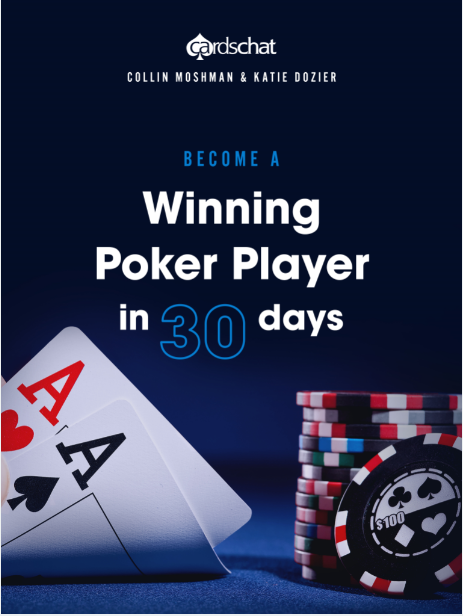Debi
Forum Admin
Administrator
More ICM, It's That Important teaches us how to use ICM to generate specific ranges.
If you have not yet read Day 25 and watched the video for Day 25 - take a few minutes now to do that and then come back here to discuss it:
More ICM, It's That Important
Worried about being able to memorize specific ranges? You don't have to be exact. This is the first of 5 rules we learn in the ebook.
All of us can reasonably discuss ICM at this point so let's tackle it with Collin and Katie in this thread.


If you have not yet read Day 25 and watched the video for Day 25 - take a few minutes now to do that and then come back here to discuss it:
More ICM, It's That Important
Worried about being able to memorize specific ranges? You don't have to be exact. This is the first of 5 rules we learn in the ebook.
All of us can reasonably discuss ICM at this point so let's tackle it with Collin and Katie in this thread.



















